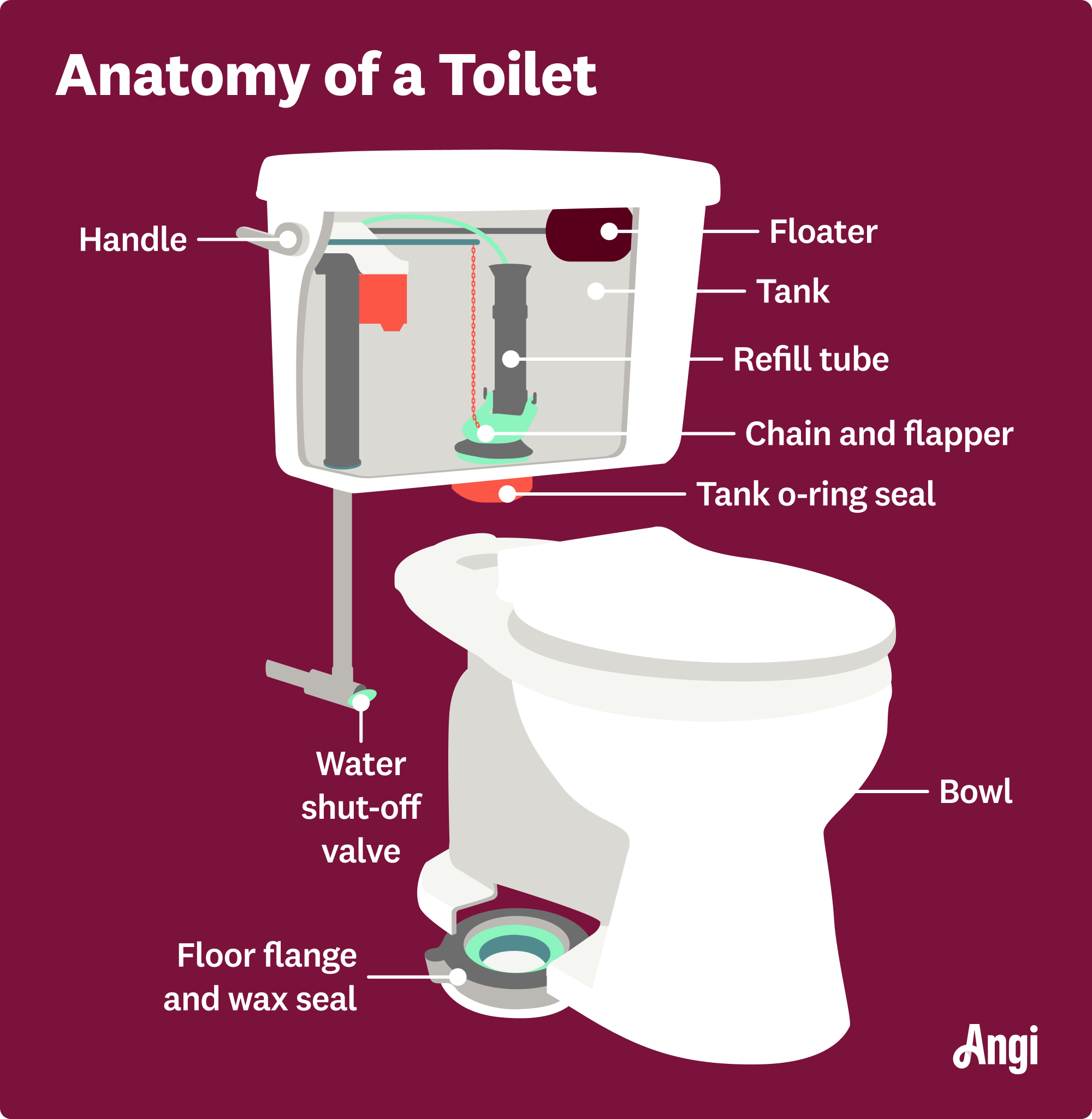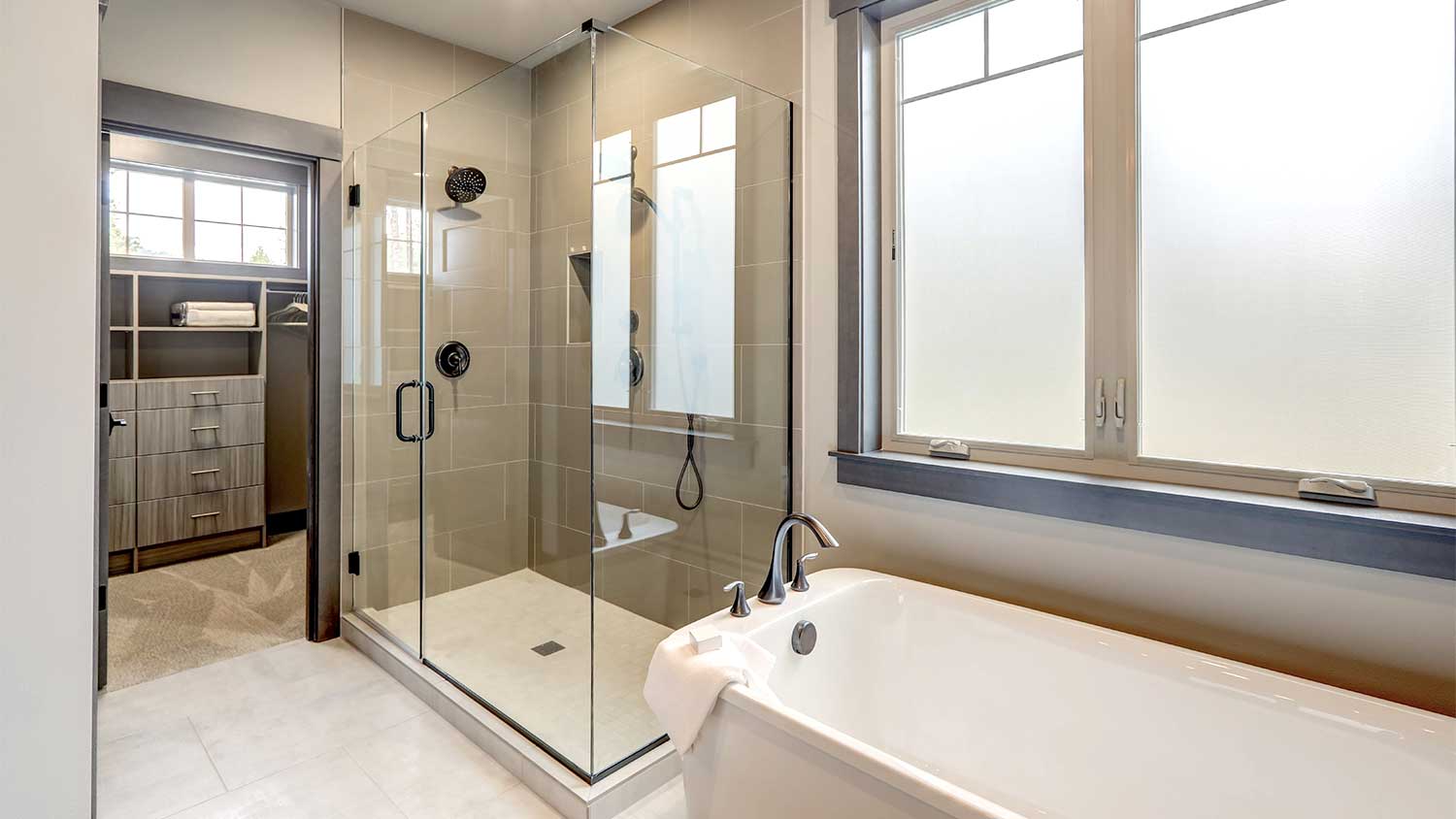
Tiling a shower is an investment in the look and function of your home. This guide explains the factors behind the cost to tile a shower.
Your toilet may be on the way out if you start to notice these nine signs


The toilet plays one of the most crucial roles in our lives, so letting one get out of whack can lead to a lot of unnecessary stress. There are a few key signs that will help clue you in to when it’s time to replace or simply repair your toilet. Some of these include the age of the toilet, frequent clogs, and an increase in calls to your plumber. Learn about all of the signs so you’re ready when it’s time to replace your porcelain throne.
It’s not always black and white when it comes to deciding to replace or keep an older toilet. Be on the look out for the following signs.
While toilets are meant to last several decades, they do have a limit. If you know your toilet has been around longer than you’ve been alive, then there’s a chance that it’s likely on its last leg already. A general rule of thumb is to hire a plumber to replace a toilet every 25 years, though your mileage may vary.
You might also want to consider replacing your toilet if it was installed before 1994. The Energy Policy Act of 1992 made it so that toilets would flush with 1.6 gallons of water, rather than the average of 4.25 gallons before it was enacted. So you can theoretically make your money back on a new toilet over the coming decades.
If you know your plumber’s number by heart because you’re constantly dealing with repairs on the toilet, then it’s likely time to kiss your current porcelain throne goodbye. The average cost to replace a toilet is around $400—compare this to the cost to repair a toilet of around $300.
Now, this isn’t to say that replacing the toilet is always the final step. Sometimes, there are issues with the plumbing system itself, rather than the toilet, which can lead to extra costs. But there’s a high chance that these issues were caused by a faulty toilet in the first place, so replacing it is still recommended.
All of our bathtubs and toilets would not go down in the house. Lyons and cubs plumbing came out quickly and was able to find and fix the issue the same day. They also did a camera inspection and located the problem which was a giant root from a tree in our yard had broken the pipe. They were able to show me the root with their camera and locate the exact spot to cut out and fix. They were able to dig and fix the spot that day for a reasonable price! Definitely recommend them for any plumbing issues you have!
Do you find yourself reaching for the plunger after every bathroom break? A constantly clogging toilet is another sign that it’s time for it to go. Consistent clogging is common in older toilets because they were not as efficient at flushing as newer models are.
If it’s a newer model giving you trouble, consider hiring a plumber to come out and see if there’s something clogging the pipes that you can’t reach on your own. They’ll let you know if they found anything or if it’s time to look into the warranty on the toilet.
As a plumber myself, my personal recommendation for clearing a clogged toilet is to skip all other steps and go straight for the closet auger (toilet snake). It is important to learn how to use it properly but it’s a lot harder to cause a leak by improperly using a closet auger than it is with a misused plunger.
Cracking of toilets tends to happen over time. While simple cracks on the edge of the toilet seat or on the upper portion of the tank are fine, cracks in other spots can quickly lead to a flooded bathroom. Cracks found toward the bottom of the toilet or on the lower portions of the tank should be addressed ASAP.
While you can try to patch up the existing cracks, it’s safer to just go ahead and replace the entire system. If there are already cracks forming once, it’s likely going to start happening again.

A toilet that runs like it’s in a marathon and never stops is a sign that the parts inside the toilet are failing. These components, such as the flapper or fill valve, are easy to replace and should fix the problem. If they don’t, there’s something seriously wrong with the toilet, and it’s time to kick it to the curb.
An always-running toilet also leads to a higher water bill, as the water never stops running. If you notice your water bill is suddenly higher, there could be a small amount of water that you can’t hear, but it’s draining your pocket.
Mineral buildup occurs when your water contains high amounts of minerals that build up along the pipes of your toilet. Over time, this buildup can lead to clogging and a reduction in water efficiency. A plumber may be able to clear out some of the buildup, but it’s often better to replace the toilet and install a water softener instead.
Is it taking several flushes to get your toilet bowl empty? In some cases, a toilet that is struggling can actually be fixed. The slow flushing could be caused by a clog, plumbing issue, improperly installed float, or clogged rim jet. However, slow and inconsistent flushing can be caused by a worn, outdated toilet model that needs to be replaced.

This is another sign of a major malfunction happening with your toilet, and it needs to go. Before you toss it, check to ensure the handle is attached to the flapper and that a quick plunging doesn’t solve the issue. If both of these are ruled out, then it’s time to head to the store to find a toilet.
It’s a bit alarming to sit down and realize the toilet is moving. If your toilet feels unsteady or moves when you sit down, check the bolts holding the seat and tighten them if they’re loose.
If your toilet is still wobbly, there could be an issue with the wax ring, which can lead to a leak, water damage in the flooring, and sewer odors in the bathroom. Call a toilet pro near you ASAP who can check for problems with the flange and floor bolts, replace the wax ring, and secure the toilet to the floor.
If you find your toilet constantly clogging, running, or simply not flushing, call a plumber first to diagnose the problem. One or two times is a coincidence, but three times is a pattern. A local plumber will let you know if the problem is easy enough to fix or if it’s time for the toilet to get the boot.
From average costs to expert advice, get all the answers you need to get your job done.

Tiling a shower is an investment in the look and function of your home. This guide explains the factors behind the cost to tile a shower.

Thinking of getting rid of that old bathtub and replacing it with a walk-in shower? This walk-in shower cost guide will help you plan your budget.

An updated bathtub can give a bathroom a whole new look. Find out how much it costs to replace a bathtub, including prices by type and labor costs.

Learn how to build a DIY dog wash station to make your pup’s bathtime a less backbreaking job that leaves your family bathroom free from dog hair and dirt.

Make choosing your toilet seat a cinch using this guide. Learn about different toilet seat types, shapes, materials, and features.

Ready for a bathroom refresh? If you’re considering a new tub, learn the pros and cons of some of the best bathtub materials on the market.